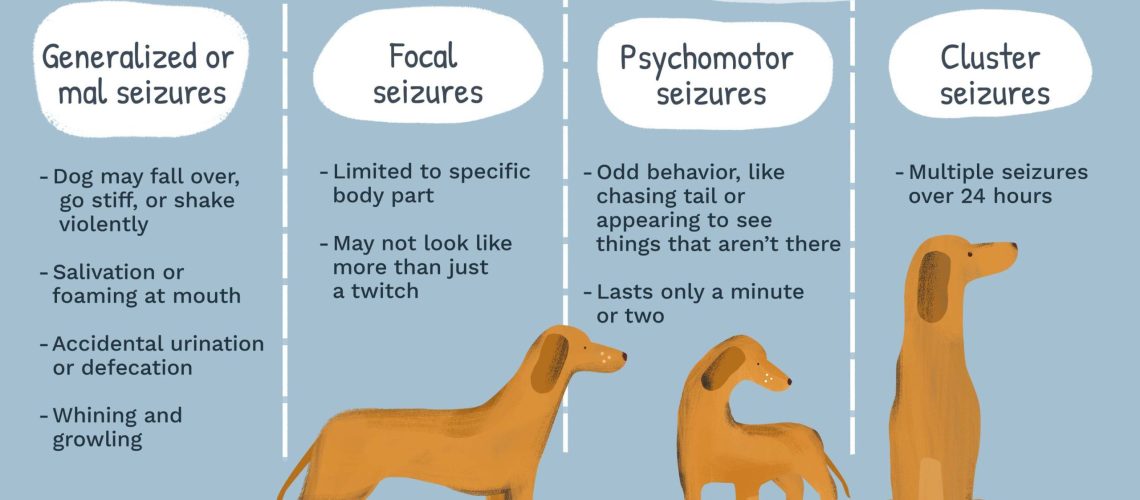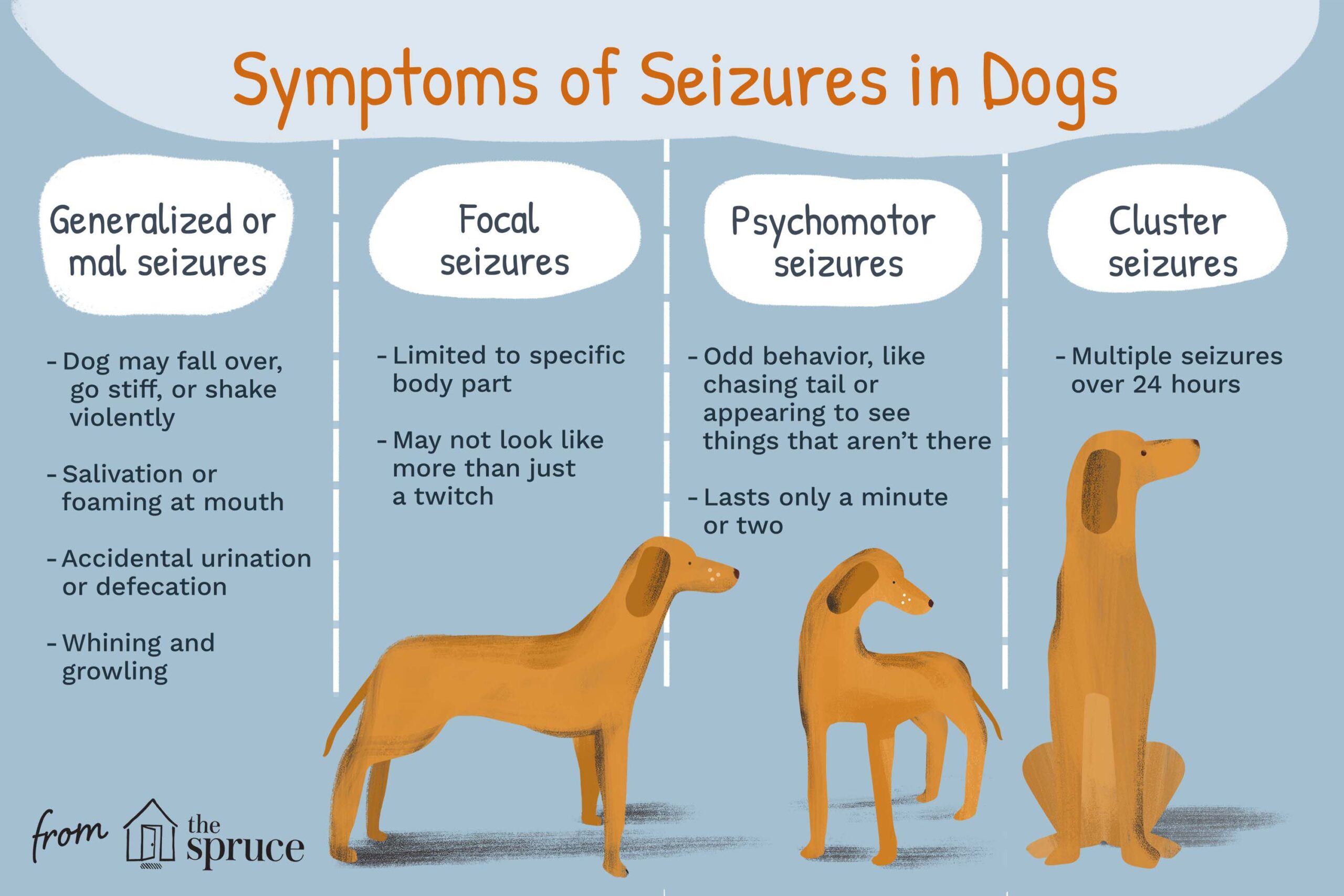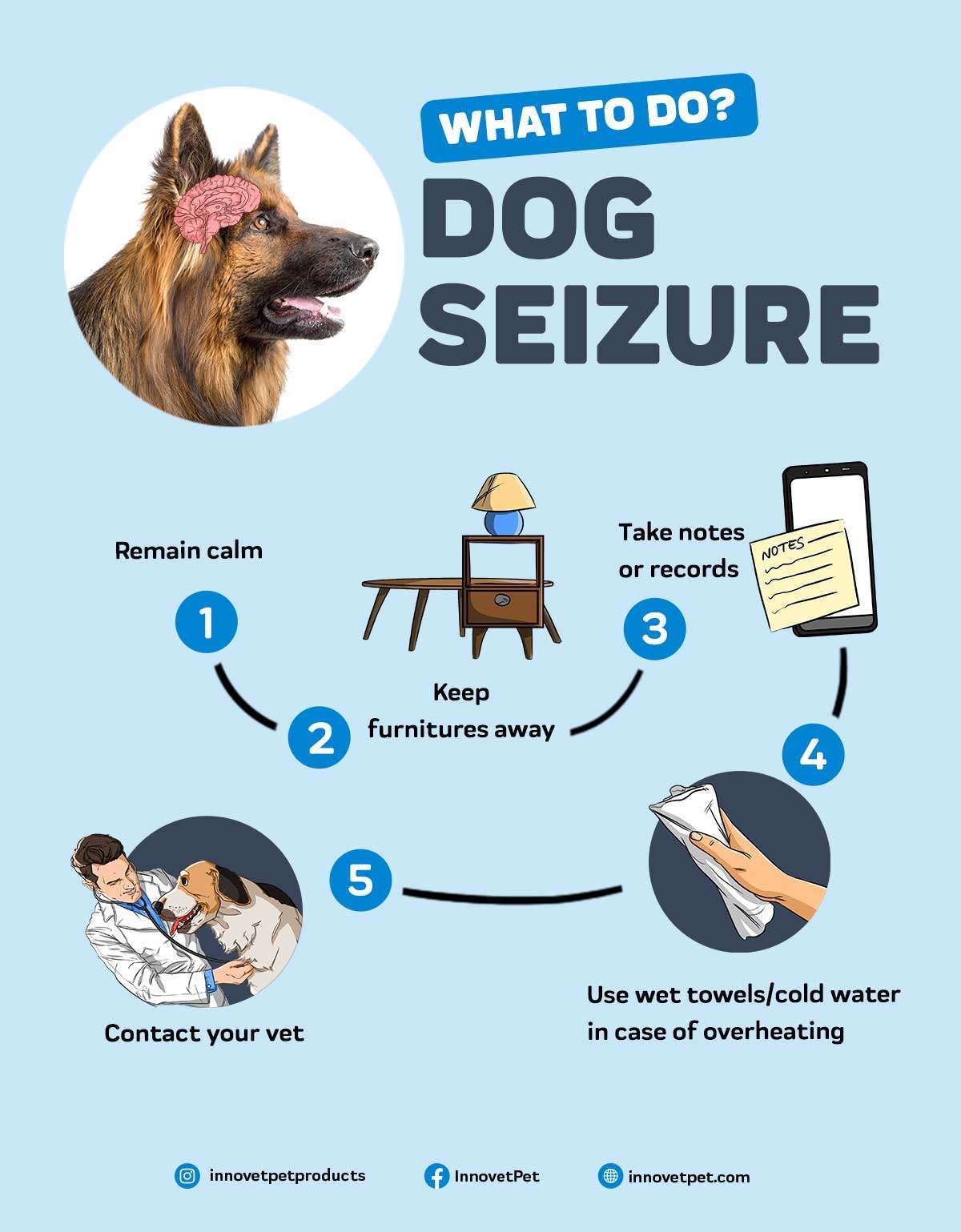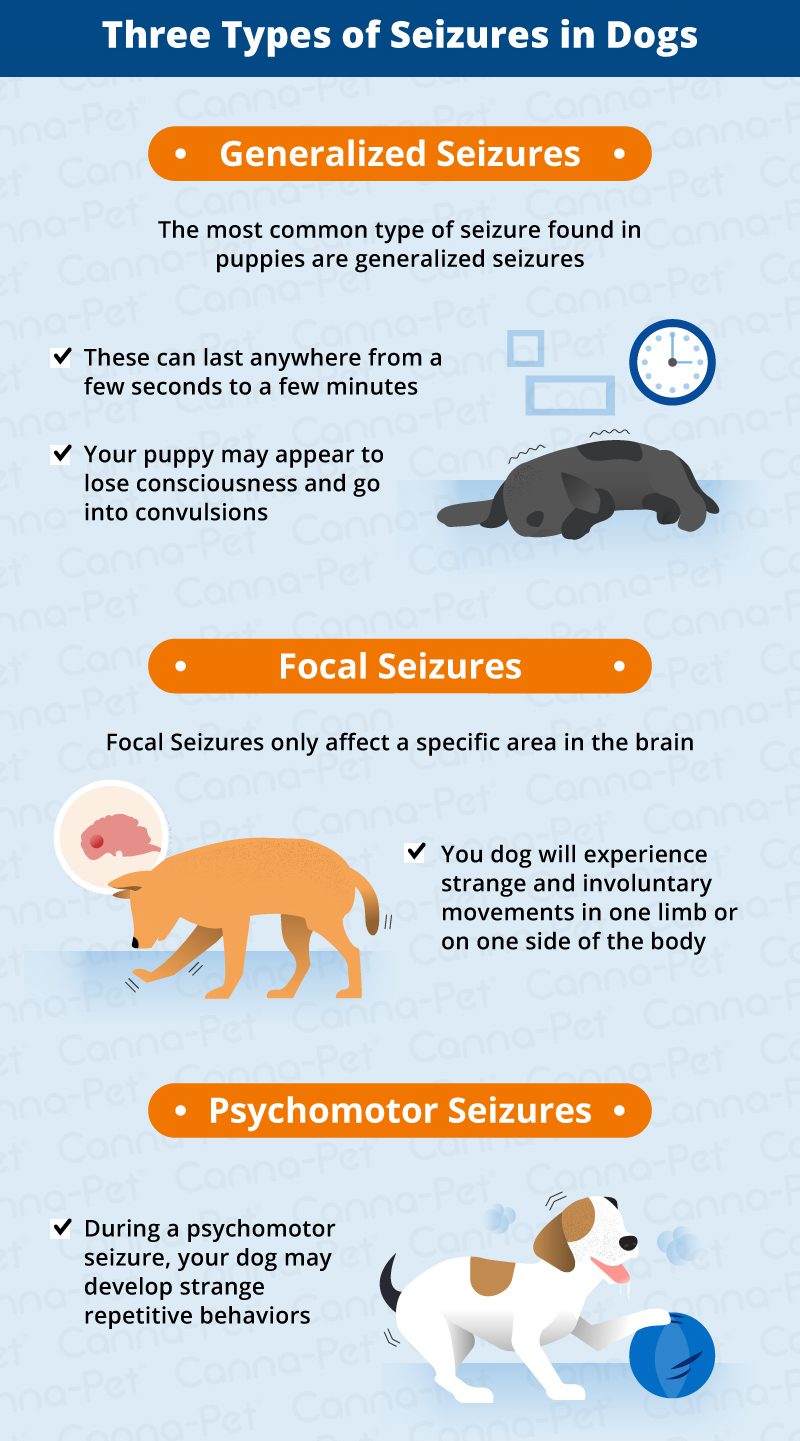Key Takeaways:
- Seizures in dogs are a common neurological condition that can be caused by various factors such as epilepsy, brain tumors, or metabolic disorders.
- The signs of a seizure in dogs may include convulsions, loss of consciousness, abnormal behavior, drooling, and muscle twitching.
- If your dog experiences a seizure, it is important to stay calm and ensure their safety by removing any objects that could cause injury during the episode.
- Seizures in dogs can be managed with medication prescribed by a veterinarian. Regular check-ups and adjustments to the treatment plan may be necessary.
- It is crucial to consult with a veterinarian if your dog experiences seizures, as they can determine the underlying cause and provide appropriate treatment options for your pet's specific condition.
Did you know that seizures in dogs are more common than you might think? Understanding this topic can not only help you recognize the signs and symptoms, but it can also provide you with the knowledge to potentially save your furry friend's life. With approximately 5% of all dogs experiencing a seizure at some point in their lives, being informed about seizures in dogs is essential for any pet owner. In this article, we will delve into the world of seizures in dogs, exploring their causes, symptoms, and available treatments. So grab a seat and get ready to become a seizure-savvy dog owner!
Understanding Seizures in Dogs: What Happens and Why?
Seizures in dogs are episodes of abnormal brain activity that can cause sudden changes in behavior, movement, or consciousness. During a seizure, the dog may experience convulsions, muscle twitches, drooling, or loss of bladder control. These episodes can be scary to witness as a pet owner, but it's important to understand what is happening and why.
Seizures occur when there is an abnormal burst of electrical activity in the brain. This can be caused by various factors such as epilepsy, brain tumors, infections, toxins, or metabolic disorders. The exact cause of seizures in each dog can vary, and it may require further investigation by a veterinarian to determine the underlying cause.
Types of Seizures
There are different types of seizures that dogs can experience:
- Generalized seizures: These seizures involve the whole body and can cause the dog to lose consciousness. They may exhibit stiffening of limbs followed by uncontrollable shaking.
- Focal seizures: Focal seizures affect only one part of the brain and may result in localized twitching or repetitive movements in specific areas of the body.
- Petit mal seizures: Also known as absence seizures, these are brief episodes where the dog appears to zone out or stare into space for a few seconds.
Why Do Dogs Have Seizures?
Dogs can have seizures for various reasons:
- Epilepsy: This is a neurological disorder characterized by recurring seizures without any underlying cause. It is believed to have a genetic component and often starts in dogs between the ages of 6 months and 6 years.
- Brain tumors: Tumors in the brain can disrupt normal brain activity and lead to seizures. These tumors can be benign or malignant.
- Infections: Certain infections, such as canine distemper or encephalitis, can cause inflammation in the brain and trigger seizures.
- Toxins: Exposure to certain toxins, such as lead, pesticides, or certain medications, can affect the brain and cause seizures.
Recognizing Seizures in Dogs: How to Tell if Your Dog is Having One
Recognizing when your dog is having a seizure is important so that you can provide appropriate care and support. Seizures in dogs can manifest in different ways, but there are common signs to look out for:
- Trembling or shaking: Dogs may experience involuntary muscle tremors or shaking during a seizure.
- Loss of consciousness: Some dogs may lose consciousness during a seizure and appear unresponsive.
- Rigid body: Dogs may have stiff muscles and exhibit a rigid body posture during a seizure.
- Drooling or foaming at the mouth: Excessive drooling or foaming at the mouth is common during seizures.
- Involuntary movements: Dogs may exhibit jerking movements of their limbs, head, or body during a seizure.
What to Do When Your Dog Has a Seizure
If you suspect that your dog is having a seizure, it's important to stay calm and take the following steps:
- Ensure safety: Clear the immediate area around your dog of any objects that could cause injury during the seizure.
- Do not restrain your dog: It's natural to want to hold or restrain your dog, but it's best to let them have their seizure without interference. Restraining can potentially harm both you and your pet.
- Note the duration: Time the seizure so that you can provide accurate information to your veterinarian later.
- Avoid putting anything in your dog's mouth: Contrary to popular belief, dogs cannot swallow their tongues during a seizure. Trying to put something in their mouth may cause injury.
- Create a calm environment: Dim the lights, reduce noise, and speak softly to create a soothing environment for your dog once the seizure ends.
The Dangers of Seizures in Dogs: Potential Long-Term Effects
Seizures in dogs can have various long-term effects on their overall health and well-being. While individual experiences may vary, here are some potential risks associated with recurring seizures:
- Injury during seizures: Dogs can injure themselves during seizures by falling, hitting objects, or biting themselves. These injuries can range from minor cuts or bruises to more severe trauma.
- Brain damage: Frequent or prolonged seizures can lead to brain damage over time. The brain cells may become damaged or die due to the abnormal electrical activity.
- Reduced quality of life: Seizures can disrupt a dog's daily activities, cause anxiety or fear, and impact their overall quality of life. Dogs may become more hesitant to engage in physical activities or experience behavioral changes.
- Underlying health conditions: Seizures can be a symptom of an underlying health condition such as epilepsy or brain tumors. Treating the underlying cause is crucial to managing and reducing the frequency of seizures.
Helping Your Dog During a Seizure: What to Do and How to Assist
Seeing your dog have a seizure can be distressing, but there are ways you can help them during this episode:
- Stay calm: It's important to remain calm and composed during your dog's seizure. Dogs can pick up on their owner's emotions, so staying calm can help reassure them.
- Create a safe space: Clear the area around your dog to prevent any potential injuries. Move furniture or objects that could harm your dog if they thrash about during the seizure.
- Note the duration: Time how long the seizure lasts. This information will be valuable for your veterinarian when diagnosing and treating your dog.
- Avoid touching or restraining: While it may be tempting to hold or restrain your dog during a seizure, it's best to avoid doing so. Dogs may unintentionally bite or scratch if they feel confined or scared.
- Contact your veterinarian: If this is the first time your dog has had a seizure, or if they have prolonged seizures, contact your veterinarian for guidance and evaluation.
Possible Triggers for Seizures in Dogs: Factors that Increase the Likelihood
While the exact cause of seizures may vary, there are certain factors that can increase the likelihood of a seizure occurring in dogs:
- Missed medication: If your dog is on medication to manage seizures, missing a dose or inconsistent dosing can increase the risk of a seizure.
- Stress and anxiety: Dogs experiencing high levels of stress or anxiety may be more prone to seizures. Changes in routine, loud noises, or unfamiliar environments can trigger episodes.
- Exposure to toxins: Certain substances, such as chocolate, xylitol (an artificial sweetener), or certain plants like lilies, can be toxic to dogs and potentially trigger seizures.
- Lack of sleep: Sleep deprivation or irregular sleep patterns can lower the seizure threshold in some dogs and make them more susceptible to seizures.
Treating and Preventing Seizures in Dogs: Common Options Available
The treatment and prevention of seizures in dogs depend on the underlying cause and severity. Here are some common options that veterinarians may consider:
- Medication: Anticonvulsant medications, such as phenobarbital or potassium bromide, are commonly prescribed to manage seizures in dogs. These medications help reduce the frequency and severity of seizures.
- Dietary changes: Some dogs with epilepsy may benefit from a special diet low in carbohydrates and high in fat called a ketogenic diet. This diet has shown positive effects in reducing seizure activity.
- Surgery: In cases where seizures are caused by brain tumors or other structural abnormalities, surgery may be an option to remove the underlying cause.
- Lifestyle modifications: Making certain lifestyle changes, such as reducing stressors, maintaining a consistent sleep schedule, and avoiding potential triggers, can help prevent seizures in some dogs.
In conclusion, seizures in dogs are a serious condition that can cause them to lose control of their bodies and experience convulsions. It is important for dog owners to recognize the signs of seizures and seek veterinary help to provide proper care and treatment for their furry friends.
What are bad signs after a dog has a seizure?
After a seizure, there is a phase called the post-ictal phase where individuals may experience confusion, disorientation, excessive saliva, restlessness, pacing, or temporary blindness. It is important to note that the severity of the seizure does not determine the length of the post-ictal phase.
Does anything trigger seizures in dogs?
Seizures in dogs can be caused by various factors, both inside and outside of the brain. Some common external causes include low blood sugar, low calcium levels, high body temperature, underactive thyroid, liver disease, and ingestion of toxic substances like caffeine and chocolate. On the other hand, internal causes of seizures are related to diseases that result in either physical or functional alterations in the dog's brain.
What to watch out for after a dog has a seizure?
Certain dogs may experience temporary blindness and may accidentally bump into objects. After a seizure, a dog may exhibit aimless wandering, instability, stumbling towards their water bowl and consuming excessive amounts of water and food, drooling, and appearing confused. This phase can last anywhere from a few minutes to several hours.
What would cause a seizure all of a sudden?
Seizures can be triggered by any disruption in the normal communication between brain cells. This can include factors such as a high fever, abnormal blood sugar levels, withdrawal from drugs or alcohol, or a brain injury. However, if a person experiences multiple seizures without an identifiable cause, they are diagnosed with epilepsy.
What dog breeds are most prone to seizures?
Some breeds of dogs, such as Beagles, Bernese Mountain Dogs, Border Collies, Boxer Dogs, Cocker Spaniels, Collies, Dachshunds, Golden Retrievers, Irish Setters, Irish Wolfhounds, Keeshonds, Labrador Retrievers, Poodles, and St. Bernards, have a higher incidence of epilepsy.
Do seizures damage a dog's brain?
However, seizures can pose a significant health risk, and even brief seizures have the potential to cause harm to the brain. If your dog experiences a seizure lasting longer than 30 minutes, it could lead to severe and irreversible brain damage.

















